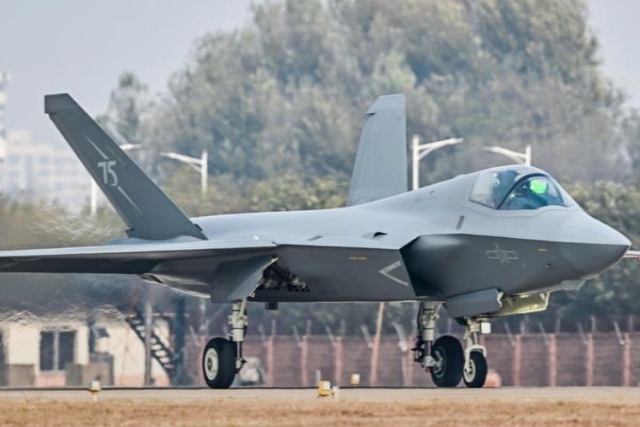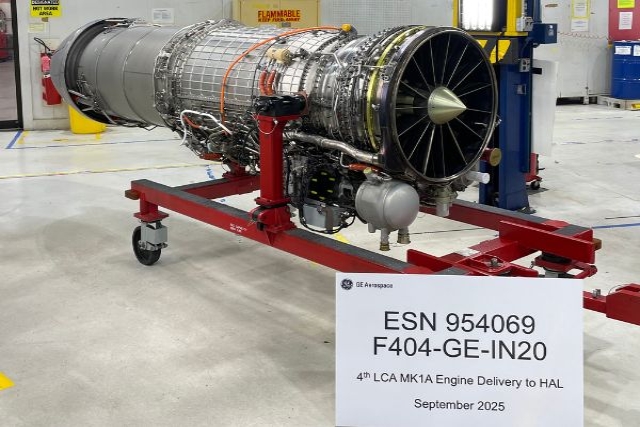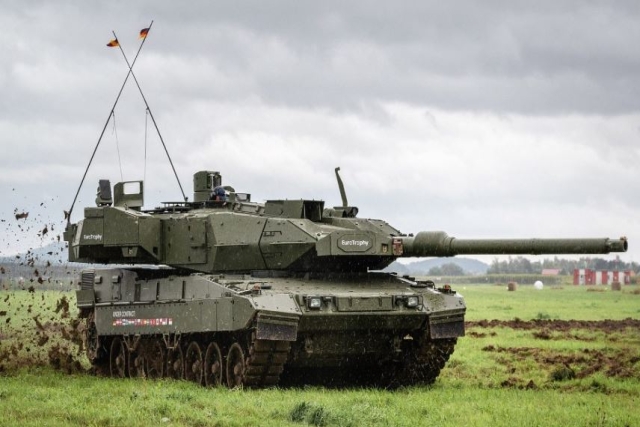India To Develop Robotic Soldiers To Be Deployed At LoC
India is working to develop robotic soldiers as part of efforts to boost unmanned fighting capabilities, joining a select group of countries in this endeavour, according to the Press Trust of India.
Under the project being undertaken by DRDO, robots would be developed with very high level of intelligence to enable them to differentiate between a threat and a friend. These can then be deployed in difficult warfare zones, like the Line of Control (LoC), a step that would help avert the loss of human lives, the report said.
"We are going to work for robotic soldiers. We are going to look for very high level of intelligence in it than what we are talking today... It is a new programme and a number of labs are already working in a big way on robotics," DRDO chief Avinash Chander told PTI in an interview.
The newly-appointed DRDO chief listed the project for development of robotic soldiers as one of his "priority thrust areas" saying that "unmanned warfare in land and air is the future of warfare. Initially the robotic soldier may be assisting the man."
He said in the initial phase of the project, the robotic soldier would be required to be told by the human soldier to identify an enemy or a combatant but "slowly in due course of time, the robotic soldier would be at the front end and the human soldier would be assisting him."
Chander said the need for a robotic soldier is felt to save precious human lives and already robots are used in areas where humans do no want to venture such as defusing bombs or getting inside a high-radiation territory.
"Robotic soldier is one step further. It will have multiple technologies in terms of communication with team members, ability to recognise an enemy," Chander said.
Asked if it would be capable of being deployed in areas such as the Line of Control, Chander said, "In due course of time but not before a decade in any way."
Chander said "already five to six countries are actively working. They have not yet developed it fully but they are in fairly advanced stages. This is one of my priority areas."









